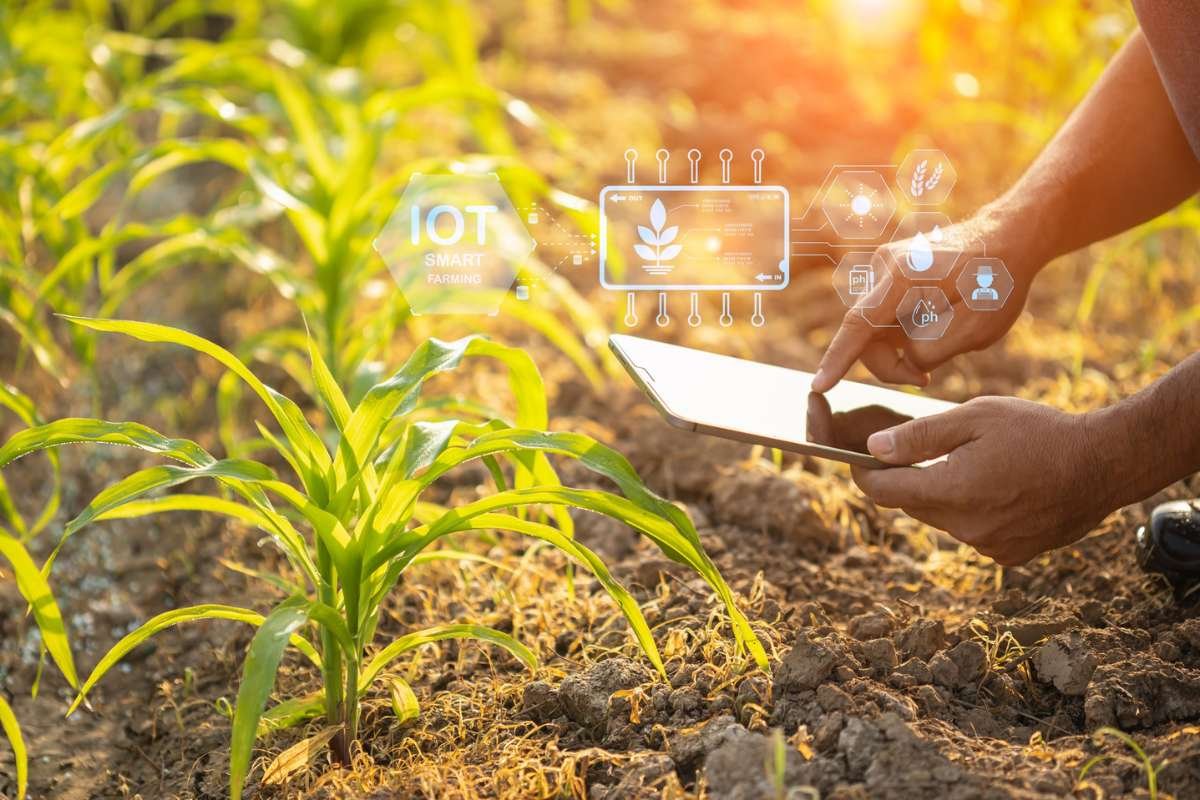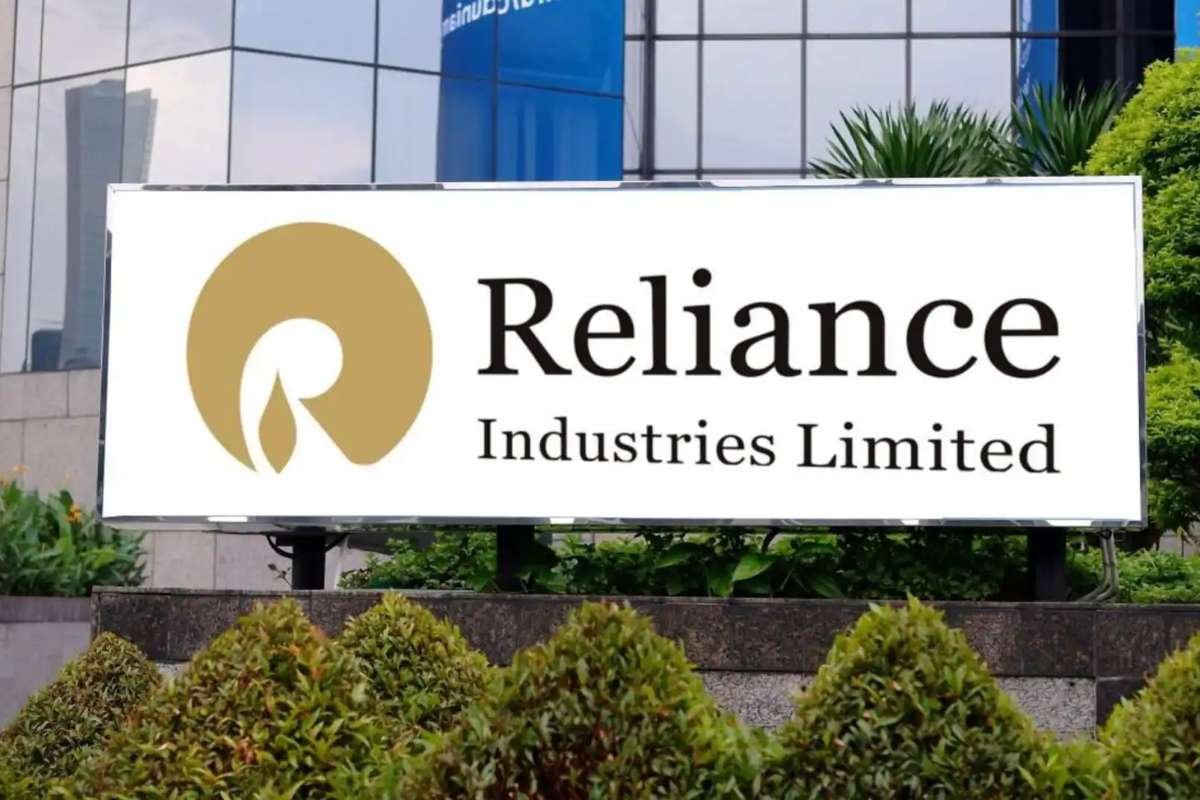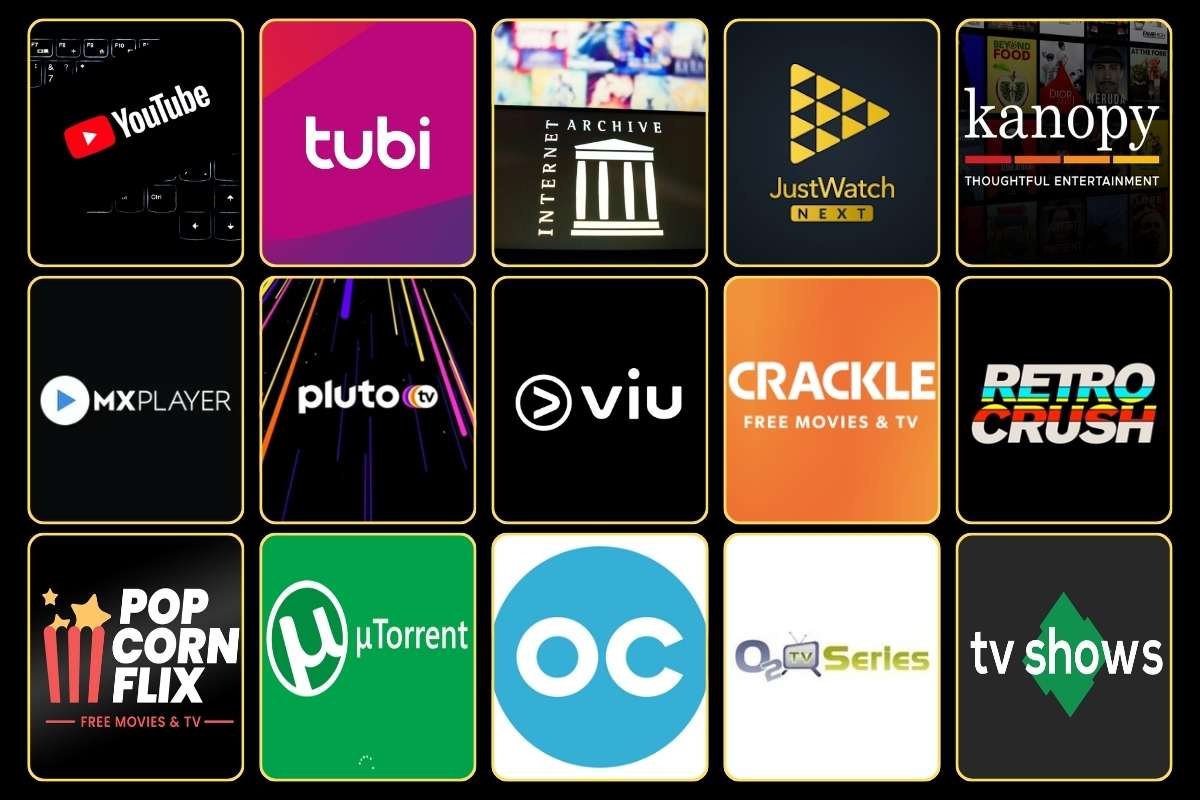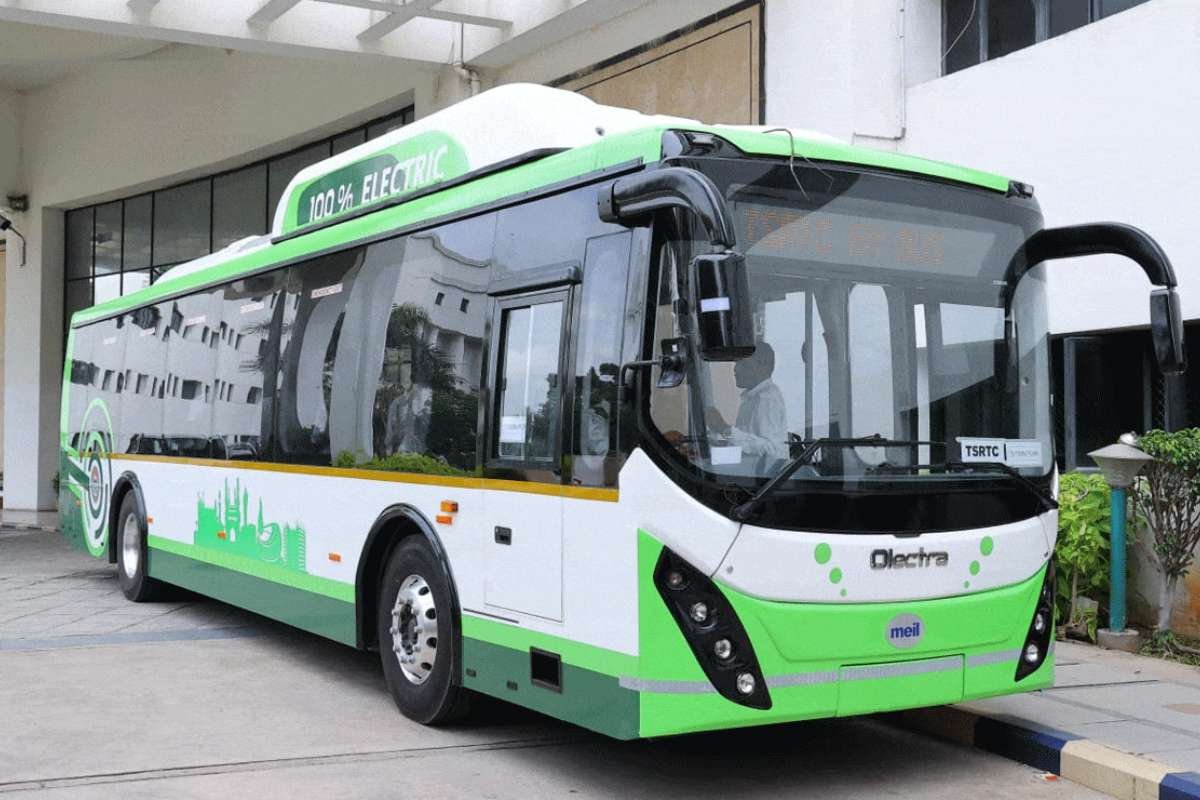In an era of climate uncertainty, rising populations, and finite resources, the agricultural sector is undergoing a much-needed digital revolution. At the heart of this transformation is IoT in agriculture—a game-changing approach that uses smart devices, sensors, and real-time data to make farming more efficient, sustainable, and productive. This article explores how the adoption is solving age-old farming challenges while unlocking new levels of efficiency and yield.
The New Backbone of Farming: What is IoT in Agriculture?
IoT in agriculture refers to the integration of Internet of Things (IoT) technology into agricultural operations. This includes the use of connected sensors, devices, drones, and data analytics to monitor and manage everything from soil quality to livestock health. Farmers can now make precise, real-time decisions, whether it’s adjusting irrigation, deploying fertilizers, or tracking animal movements without even stepping into the field.
According to research, there are nearly 100 million connected agricultural devices in use today, and the market is expected to surpass $33 billion by 2032. These smart farming technologies offer scalable solutions that address critical issues like food security, environmental sustainability, and labor shortages.
10 Transformative Use Cases of IoT in Agriculture
1. Precision Farming
At the core of IoT in agriculture is precision farming. IoT sensors collect granular data on weather, soil conditions, and crop health. This allows farmers to apply fertilizers, pesticides, and water exactly where needed, no more, no less. The result? Increased yields, reduced waste, and optimized resource use.
2. Smart Irrigation Systems
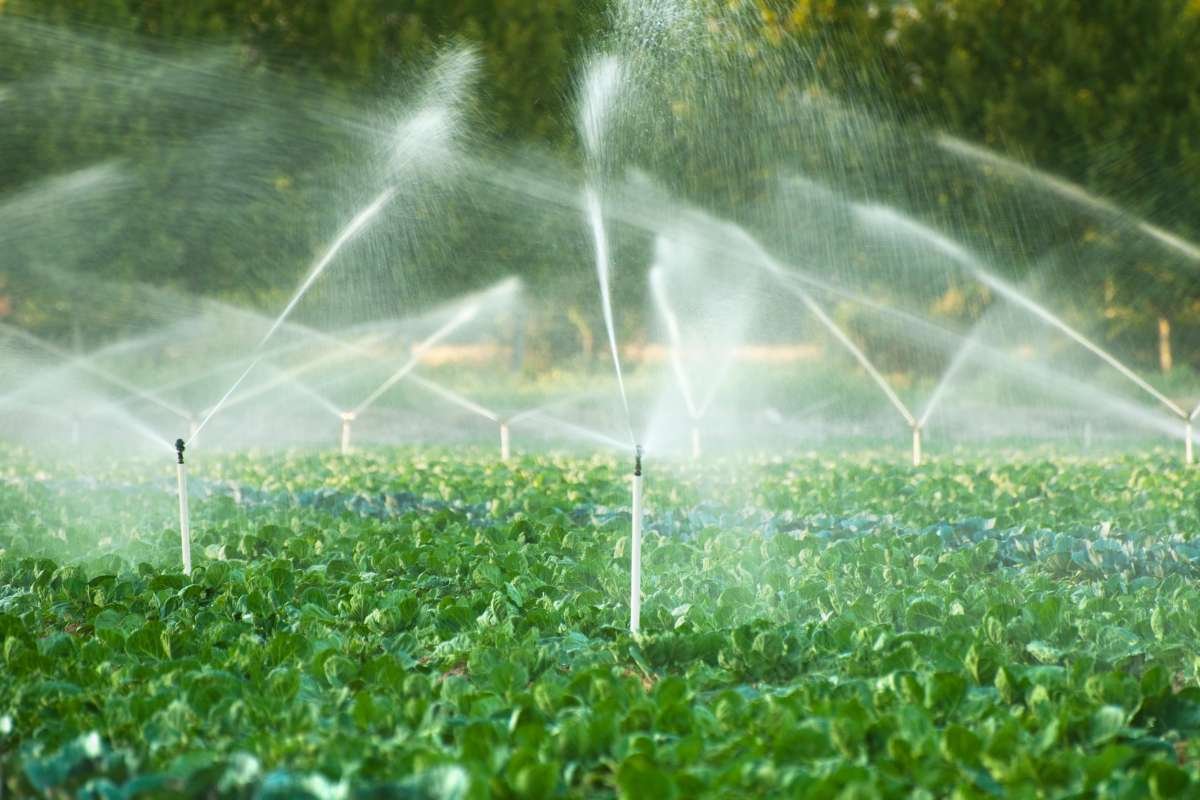
Water is one of agriculture’s most precious resources. It helps farmers install smart irrigation systems that adjust water delivery based on soil moisture levels and weather forecasts. Some farms report water savings of up to 50%, a critical advantage in water-scarce regions.
3. Livestock Monitoring
Wearable IoT devices can track livestock health, activity, and location in real time. This not only helps farmers detect diseases early but also improves breeding, feeding, and overall animal welfare. IoT in agriculture enhances productivity while reducing veterinary costs.
4. Greenhouse Automation
Greenhouses equipped with IoT devices can automatically control temperature, humidity, and lighting. This leads to better crop health and energy savings. IoT-based automation eliminates guesswork, making controlled-environment farming more efficient and less labor-intensive.
5. Pest and Disease Control
IoT sensors and imaging tools help detect pest infestations and crop diseases early. By targeting only affected areas with minimal chemicals, it supports sustainable pest management practices and reduces environmental impact.
6. Yield Monitoring and Forecasting
By analyzing real-time and historical data, smart farming technologies provide accurate yield forecasts. These insights allow farmers to align production with market demand and optimize planting schedules, improving both profitability and resource use.
7. Farm Equipment Monitoring
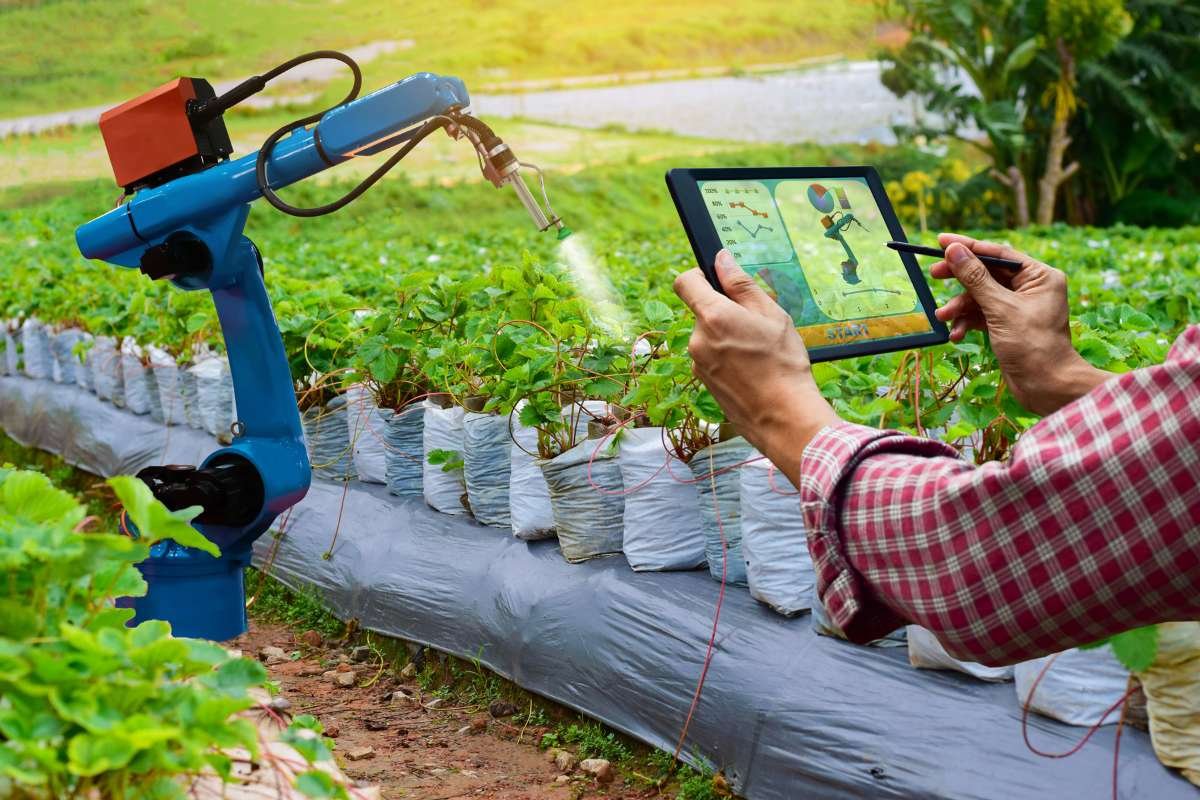
IoT-enabled machines can alert operators when maintenance is needed, preventing costly breakdowns. Sensors can also track fuel usage, equipment location, and efficiency metrics. This enhances operational uptime and lowers long-term equipment costs.
8. Remote Farm Management
With IoT in agriculture, farmers can monitor fields and equipment remotely using smartphones or computers. Whether it’s adjusting irrigation or checking livestock conditions, these tools allow for real-time decision-making, especially in large or remote farms.
9. Supply Chain Optimization
From the field to the supermarket, IoT devices track the journey of agricultural products. Temperature sensors, GPS tracking, and real-time alerts ensure that produce remains fresh and traceable, reducing food waste and improving food safety.
10. Agricultural Drones
Drones equipped with IoT-enabled sensors survey vast areas quickly, capturing high-resolution images and collecting valuable data on crop health, soil conditions, and irrigation efficiency. They are particularly useful for terrain that’s hard to access on foot.
Related Stories: Top Drone Companies in India Revolutionizing the Skies in 2025
Key Benefits of IoT in Agriculture
Implementing this in agriculture offers a wide array of benefits:
- Increased Yields: Precision technologies boost productivity by optimizing every step of the farming process.
- Resource Efficiency: Smart systems minimize water, energy, and chemical usage, supporting sustainability.
- Cost Reduction: Automation and predictive maintenance reduce labor and operational costs.
- Improved Animal Welfare: Real-time livestock monitoring ensures prompt interventions.
- Greater Food Security: Better supply chain visibility enhances quality, traceability, and shelf life.
These benefits make IoT not only a smart investment but a vital strategy for long-term resilience and food security.
Overcoming the Challenges of IoT in Agriculture
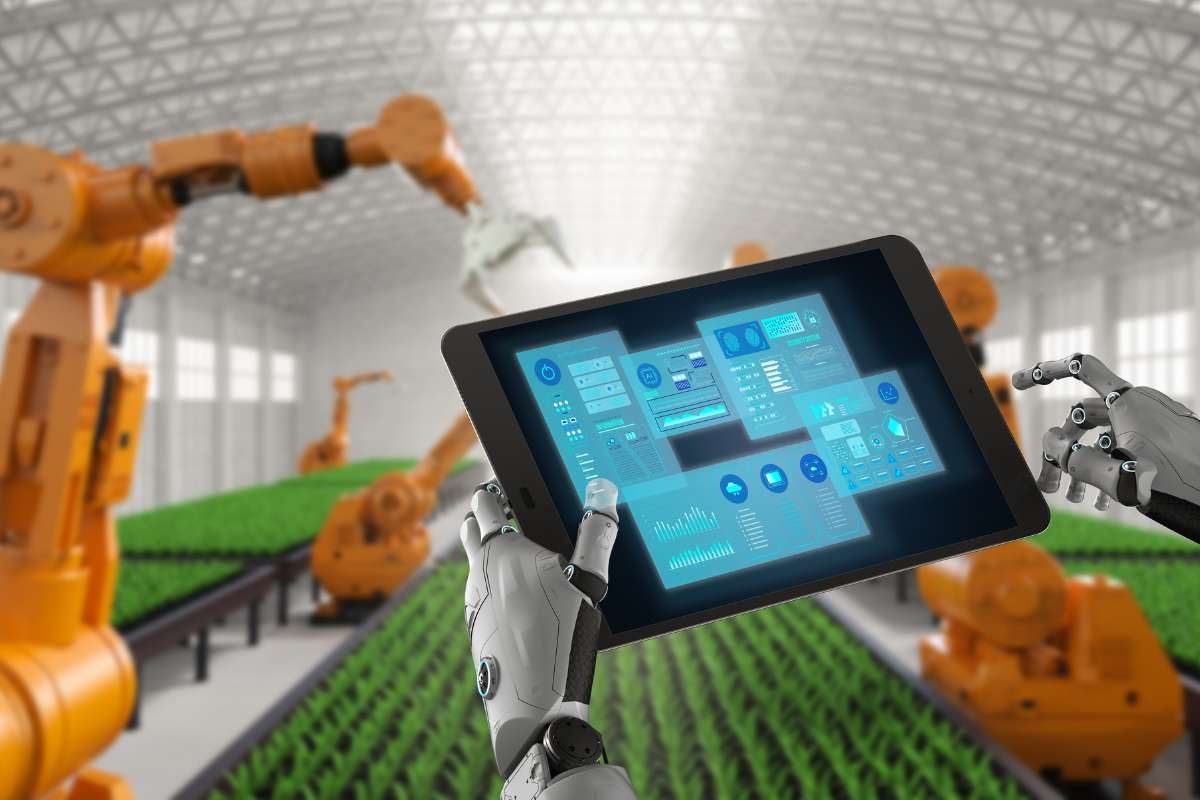
Despite its promise, IoT in agriculture does face challenges:
- Connectivity Issues: Many farms are in rural areas with limited internet infrastructure, hindering real-time data transmission.
- Data Management: Collecting, storing, and analyzing large volumes of agricultural data requires advanced computing and skilled personnel.
- High Initial Costs: The upfront investment for sensors, networks, and smart equipment can be a barrier for small farms.
- Security Risks: As with all connected systems, agricultural IoT devices can be vulnerable to cyberattacks without proper safeguards.
Solutions like edge computing, low-power wide-area networks (LPWANs), and secure IoT platforms are being developed to address these issues and accelerate the adoption of smart farming.
Digi International: Powering the Future of IoT in Agriculture
As a leading provider of connected technology, Digi International is at the forefront of enabling IoT. Their solutions include everything from secure edge devices and remote sensors to cellular routers and cloud-based management platforms.
Some of Digi’s standout offerings include:
- Digi XBee® Modules: For weather and soil monitoring, irrigation automation, and tank level tracking.
- Digi X-ON® Platform: A complete IIoT solution for livestock tracking, water management, and environmental monitoring.
- Digi ConnectCore®: Embedded systems and security services for agricultural robotics and equipment automation.
- Digi Remote Manager®: Centralized software for managing and monitoring large-scale farming networks.
These technologies help farmers deploy scalable, reliable IoT systems that transform operations from reactive to proactive, from manual to automated.
Don’t Miss: Types of Solar Panels: A Complete Guide for Energy Efficiency
Final Thoughts: Embracing the Smart Farming Revolution
The agriculture industry is at a crossroads, where feeding a growing population must align with sustainability and resource conservation. IoT in agriculture offers a powerful, data-driven way forward. By leveraging connected technologies, farmers can increase productivity, protect the environment, and future-proof their operations.
From precision farming and automated irrigation to AI-powered drones and livestock wearables, the potential of IoT is vast and just beginning to be tapped. As innovations continue to evolve, the adoption of smart farming technologies will no longer be optional; it will be essential.
Ready to revolutionize your farm with IoT? Explore Digi’s smart agriculture solutions and take the first step toward a more efficient, sustainable future.



